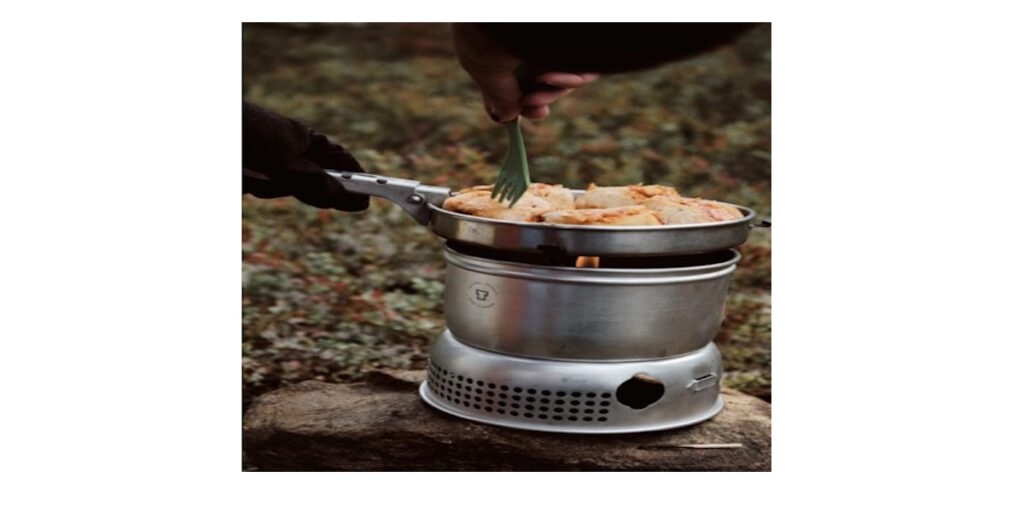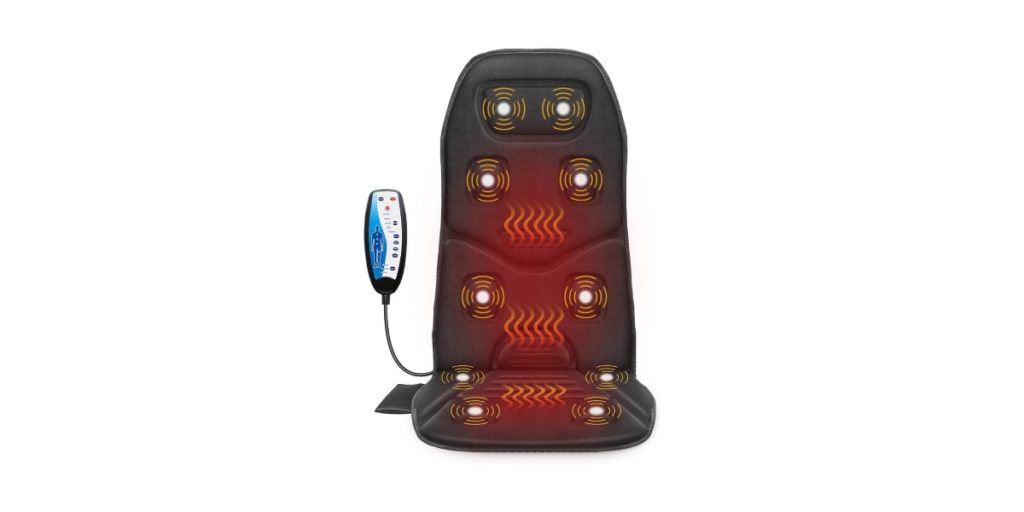When driving in winter, pay attention to these winter driving safety tips and make certain your truck is well-prepared with routine checks on tire tread depth, pressure, and the use of anti-gel in fuel. Equip your truck with snow chains and a fully stocked emergency kit. Monitor weather conditions closely using GPS and weather apps for timely updates. Drive cautiously by reducing speed, maintaining safe distances, and avoiding sudden maneuvers. Use headlights in low visibility and be extra cautious on bridges, which freeze quickly. Always have a plan for emergency stops if conditions worsen. There are more strategies you can use to guarantee safe winter driving.
Key Takeaways
- Conduct pre-trip inspections to ensure tire health and proper fluid levels for winter conditions.
- Carry an emergency kit with blankets, food, water, a flashlight, and a first aid kit.
- Monitor weather conditions using GPS and apps for real-time road updates.
- Use snow chains for better traction in snowy areas and practice proper chaining techniques.
- Reduce speed significantly on icy roads and maintain a safe distance from other vehicles.
Winter Driving Safety Tips
Before hitting the road in winter, it’s important to prepare your truck to handle icy conditions safely. Start with a thorough pre-trip inspection, focusing on tire maintenance. Verify your tires meet FMCSA tread depth compliance and are designed for winter conditions to maximize traction on slippery roads.
Don’t forget to check the tire pressure regularly, as cold temperatures can cause fluctuations.
Next, inspect your truck’s fluid levels. Confirm the antifreeze and windshield washer fluid are topped up, and keep at least half a tank of gas to prevent fuel line freezing.
These steps are vital for maintaining engine performance and visibility during winter driving.
Check all lights, including headlights, brake lights, and turn signals, to verify they’re functioning correctly and free from snow or ice. This enhances your visibility and signals your intentions to other drivers, reducing the risk of accidents.
Equip your truck with an emergency kit containing essentials like snow chains, a shovel, warm blankets, non-perishable food, and water.
Verify that the heater, windshield defroster, and mirrors are working well to maintain comfort and clear visibility on the road. These preparations help guarantee a safer journey in harsh winter conditions.

Monitor Weather Conditions
In the domain of winter trucking, keeping a vigilant eye on the weather is essential. As a trucker, you need to prioritize safety by constantly monitoring weather conditions. A staggering 24% of weather-related crashes occur on snowy or icy roads, so staying informed is vital.
To enhance your safety measures, proactively monitor weather forecasts to anticipate severe conditions and adjust your travel plans accordingly.
Here’s a quick guide to help you stay one step ahead:
- Utilize Technology: Leverage GPS systems and weather apps to receive real-time updates on road conditions. This allows for timely rerouting and helps you avoid hazardous areas.
- Stay Alert: Be conscious of sudden changes in weather patterns. Winter conditions can shift rapidly, complicating navigation and impacting safety.
- Communicate: Regularly update dispatch and fellow drivers about any hazardous weather conditions you encounter. Sharing information enhances collective safety on the roads.
- Understand the Terrain: Remember, 70% of U.S. highways are in snowy regions. Proactive monitoring is essential for safe winter travel.
Check Tire Health
After keeping a close watch on weather conditions, it’s important to shift your focus to the health of your tires, which are your truck’s primary contact with the road.
Start with a thorough pre-trip inspection. Check the tire pressure, as it tends to drop in colder temperatures, potentially reducing traction and increasing wear. It’s vital to maintain the pressure according to the manufacturer’s specifications for peak performance.
Next, assess the tread depth of your tires. The FMCSA mandates a minimum tread depth of 4/32 inches for safe driving on snowy and icy surfaces. Adequate tread depth guarantees better grip and control, essential for maneuvering winter roads.
If you haven’t already, consider switching to winter tires. They’re specifically designed for cold weather and offer superior grip and handling on snow and ice compared to all-season tires.
During your inspection, look for tire damage, such as cuts, abrasions, or bulges. These could compromise safety and performance, especially in harsh winter conditions.
Regularly rotate your tires and check alignment to guarantee even wear. Prioritizing tire health before hitting winter roads can make all the difference in your driving safety.
Use Chains Properly
Many truckers find themselves challenged by the need to use chains properly during winter months. Snowy conditions demand extra traction, and knowing how to apply chains can make a significant difference in your safety and efficiency.
Familiarize yourself with chaining techniques during warmer seasons. Practicing these techniques in advance guarantees you’re prepared when the snow hits.
Here are some essential tips to help you use chains properly:
- Apply Chains Early: Always put chains on before entering heavily snowy areas. This prevents your truck from getting stuck and provides better traction on icy roads.
- **Know Your *Vehicle Regulations***: Different states have varying rules regarding chain usage. Make sure you’re aware of the specific requirements for your vehicle to avoid fines and guarantee safety.
- **Choose the *Right Chains***: Use the correct type of chains for your tires. For most trucks, using four chains is recommended for maximum traction, especially in mountainous areas.
- Practice Chaining Techniques: Practice in a safe environment to reduce stress during emergencies. This will help you chain up quickly and efficiently when necessary.
Drive at Safe Speeds
Having mastered the art of using chains, it’s time to focus on maintaining safe speeds while driving in winter conditions. Winter weather brings ice and snow, turning roads into slippery hazards that demand caution. Driving at safe speeds is essential; you need to reduce your speed considerably on snow and ice. Remember, stopping distances can be up to 10 times longer than on dry roads. Adjust your speed based on road and weather conditions, recognizing that posted limits apply to ideal, not hazardous, conditions. Always approach bridges with care—they freeze faster than regular roads and can surprise you with ice patches.
Avoid cruise control in adverse weather, as it can lead to losing control on slippery surfaces. Here’s a handy table to guide your speed adjustments:
| Driving Conditions | Recommended Action |
|---|---|
| Snow and Ice | Reduce speed considerably |
| Rain-Covered Roads | Slow down and be cautious |
| Bridges | Approach at slower speeds |
Maintain Safe Distances
Guaranteeing safe distances while driving your truck in winter conditions is essential for avoiding accidents. When maneuvering snow-covered roads, maintaining a safe following distance is critical. In snowy conditions, aim for a minimum following distance of 15 seconds. This gives you ample time to react and brake without risk.
In icy conditions, expand this gap dramatically—up to 10 times the normal distance—to prevent collisions. Adapting your speed according to weather conditions is fundamental, as poor visibility can impair distance judgment.
Here’s how to maintain a safe distance effectively:
- Increase Following Distance: On snow-covered roads, always allow a following distance of at least 15 seconds. In icy conditions, increase it even further.
- Adjust Speed: Modify your speed based on road and weather conditions. Reduced speed helps maintain a safe following distance and improves control.
- Stay Alert: Monitor the behavior of other drivers. Vehicles may lose traction or stop suddenly, so make sure you’re prepared to react by keeping extra space.
- Watch for Swerving Vehicles: If you notice vehicles struggling on slick surfaces, maintain a safe distance and be ready for sudden changes in their motion.
Plan Your Route
While maintaining a safe distance is essential for winter driving, thoughtfully planning your route is equally important. Start by regularly monitoring weather forecasts and road conditions to help you choose the safest and most efficient paths. Winter weather can change rapidly, so staying updated is vital.
Utilize GPS and mapping software for real-time updates on traffic, closures, and detours. This technology can guide you away from hazardous spots during adverse weather.
Don’t forget to plan for potential delays. Allow extra time in your schedule for inclement weather, as winter storms can greatly impact travel times. A little cushion can relieve stress and keep you from rushing, which is dangerous in slippery conditions.
Make certain to avoid isolated roads whenever possible. These routes might become impassable due to snow accumulation or lack of maintenance during winter storms.
Additionally, stay informed about snowplow routes and schedules. Knowing where these vehicles are operating can help you anticipate road conditions and avoid temporary obstacles they might create.
Handle Emergencies Effectively
In the unpredictable world of winter trucking, effective emergency handling is a must. To stay safe on the road, always carry a well-stocked emergency kit. This should include essentials like blankets, food, water, a flashlight, and a first aid kit. These items can make a difference in unexpected situations.
Before each trip, conduct a thorough pre-trip inspection. Check your vehicle’s emergency supplies and verify your anti-gel is topped up to prevent fuel gelling. This simple step can help you avoid being stranded in harsh weather conditions.
When facing challenging road conditions, remember these key actions:
- Stay Informed: Keep a battery-powered radio or CB radio handy for updates on road conditions, especially when cellular service is unreliable.
- Use Chains Wisely: Familiarize yourself with chaining your tires before hitting snow-heavy areas. This enhances traction and prevents getting stuck.
- Evaluate Conditions: If road conditions are hazardous, don’t hesitate to pull over and wait for safer weather driving.
- Regular Checks: Verify your emergency supplies are up-to-date and functional.
Frequently Asked Questions
How Do Truck Drivers Drive in the Winter?
Imagine traversing a tightrope; that’s how winter driving feels. You reduce speed, keep a safe distance, and avoid sudden moves. Check your tires and stay updated on weather. If conditions worsen, it’s safer to wait.
What Are the Winter Driving Tips for Fmcsa?
You should follow FMCSA tips like performing thorough pre-trip inspections, maintaining a 15-second following distance, reducing speed on ramps, using low-beam headlights in low visibility, and avoiding cruise control to stay safe in winter conditions.
What Are Essential Winter Driving Tips?
You’re not just driving; you’re taming the icy beast of winter roads! Slow down, maintain a 15-second following distance, and gently brake. Check your tires regularly and stay informed about weather updates for a safer journey.
How Can I Make My Truck Drive Better in the Snow?
Equip your truck with winter tires for better traction. Maintain proper tire inflation and regularly check their condition. Familiarize yourself with chaining techniques. Reduce speed, increase following distance, and use light brake pressure to enhance control on snowy roads.
Conclusion
So, you’re ready for winter trucking—where icy roads are merely a thrilling obstacle course and chaining tires becomes your favorite winter sport. You’ll reduce speed as if you’re leisurely sipping hot cocoa, and maintain safe distances like you’re avoiding a clingy friend. Your route planning? A masterclass in dodging snowstorms. And if things get dicey, you’ll pull over and enjoy the scenic view of nature’s snow globe. Safety first, because who needs stress during winter wonderland trucking?










